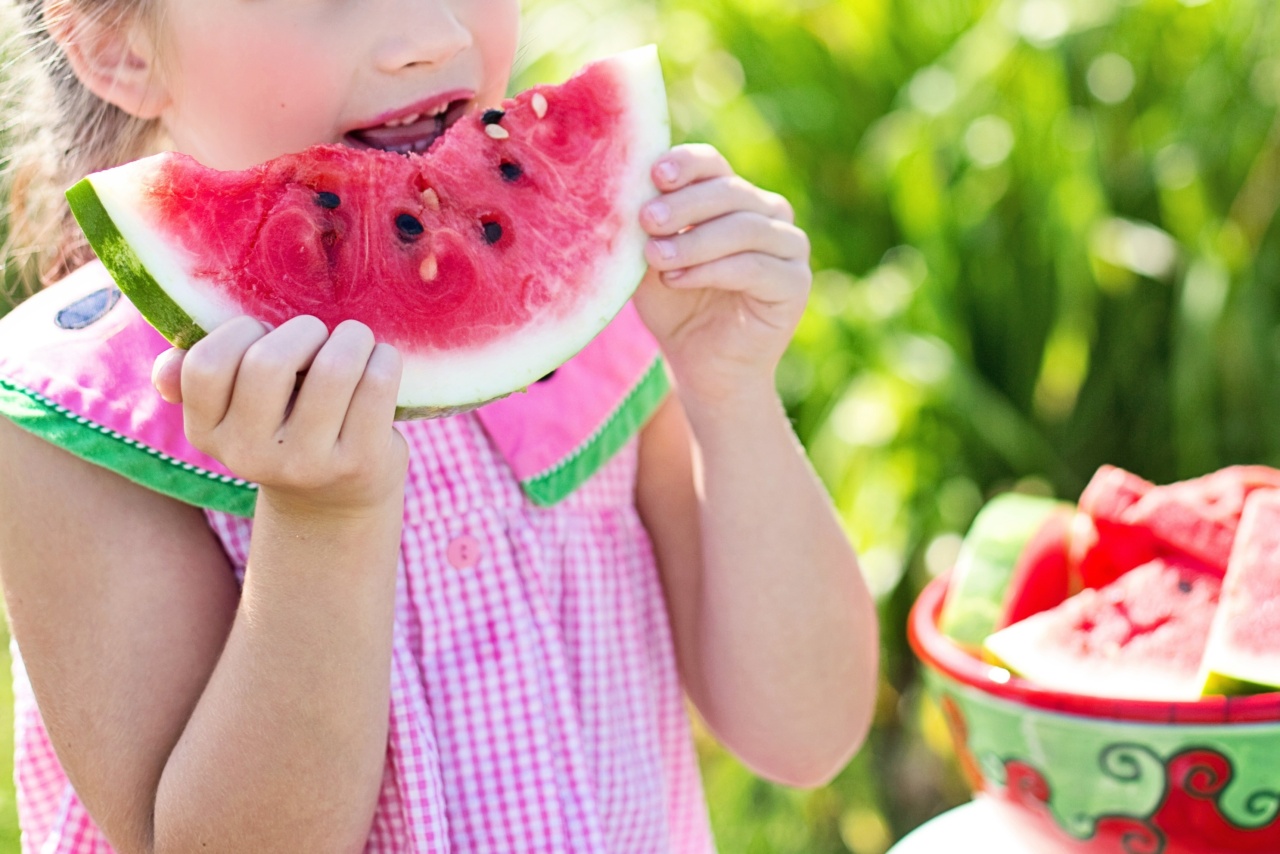As parents, it’s natural to want to ensure our children have the best possible start in life, and a big part of this is ensuring that their diet is healthy and balanced. Here are ten tips for healthy eating for children:.
1. Offer a variety of nutrient-dense foods
It’s important for children to get a wide range of nutrients, including vitamins, minerals, and antioxidants. Offer a variety of colorful fruits and vegetables, whole grains, lean proteins, healthy fats, and low-fat dairy products.
Encourage your child to try new foods and be patient if they don’t like something right away – it may take several tries before they acquire a taste for it.
2. Limit processed and junk foods
Foods that are high in sugar, salt, and unhealthy fats can be detrimental to your child’s health. While it’s okay to have these types of foods once in a while, limit them as much as possible.
You can do this by avoiding stocking them in your home or reducing the frequency of eating out at fast food restaurants.
3. Encourage family meals
Eating together as a family not only promotes healthy eating habits, but it also provides an opportunity for daily connection and communication with your child. Try to make meals at home a priority, whether it’s breakfast, lunch, or dinner.
It’s also a great idea to involve your child in meal planning and preparation to teach them about healthy eating.
4. Provide healthy snacks
Healthy snacks can contribute to your child’s daily nutrient intake, help them maintain energy levels, and prevent overeating during mealtimes.
Some examples of healthy snacks include fresh fruits and vegetables, nuts and seeds, whole-grain crackers, yogurt, and hummus with vegetables.
5. Be a good role model
Children learn from their parents, so it’s important to set a good example by making healthy choices yourself. Model healthy eating habits, such as choosing water over sugary drinks, filling your plate with vegetables, and avoiding fad diets.
Your child is more likely to adopt healthy habits if they see you doing the same.
6. Avoid using food as a reward or punishment
Using food as a reward or punishment can lead to a negative association with food and negative eating behaviors. Instead, offer non-food rewards for positive behaviors, such as stickers, extra playtime, or praise.
If your child misbehaves, use discipline strategies that do not involve food, such as time-outs or loss of privileges.
7. Limit sugary drinks
Sugary drinks, such as sodas, juice, and sports drinks, can contribute to weight gain, tooth decay, and unhealthy eating habits. Encourage your child to drink water, low-fat milk, or unsweetened beverages instead.
If your child resists, try adding fresh fruit or herbs, such as sliced strawberries or mint leaves, to water to make it more appealing.
8. Involve your child in physical activity
Physical activity is just as important as healthy eating for your child’s overall health. Encourage your child to participate in physical activities they enjoy, such as dancing, playing sports, or going for family walks.
Make physical activity a regular part of your family’s routine by scheduling time for it each day.
9. Monitor portion sizes
Portion sizes can be a challenge for children who are still learning to recognize hunger and fullness cues. Offer appropriate portion sizes based on your child’s age and size by using the ChooseMyPlate guidelines or a portion control plate.
Encourage your child to listen to their body and stop eating when they are satisfied, not full.
10. Don’t make food a battleground
It’s not uncommon for children to be picky eaters or refuse certain foods. However, it’s important to avoid turning mealtime into a power struggle. Keep mealtime positive and enjoyable and offer a variety of healthy options to choose from.
Encourage your child to try new foods but don’t force them. Excessive pressure can lead to negative attitudes towards food and eating.






























